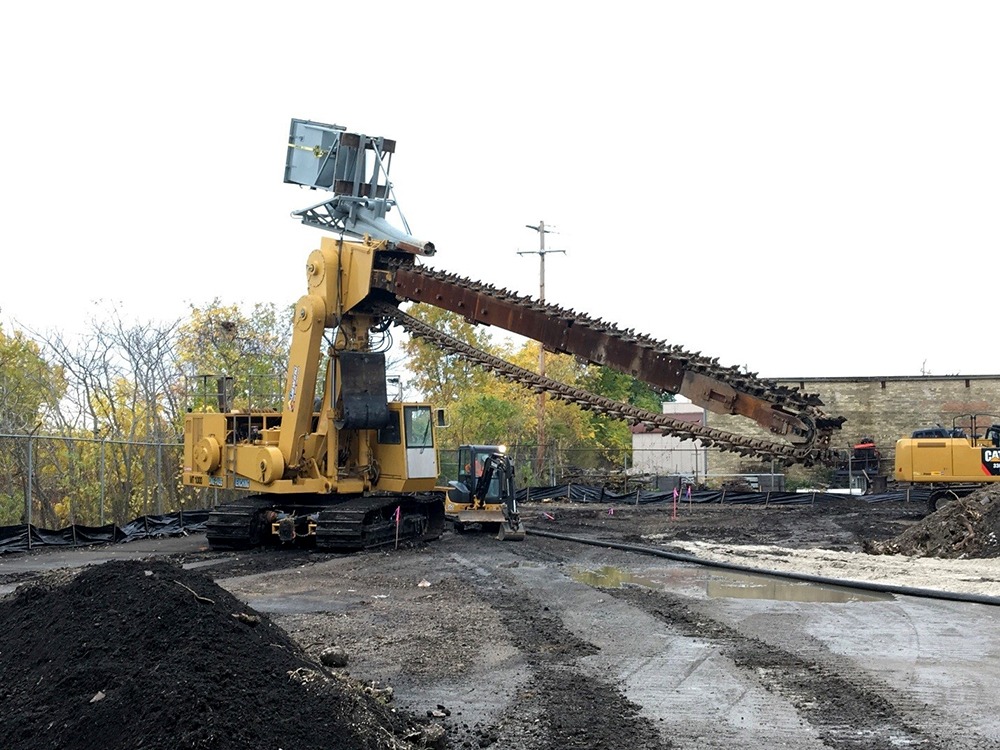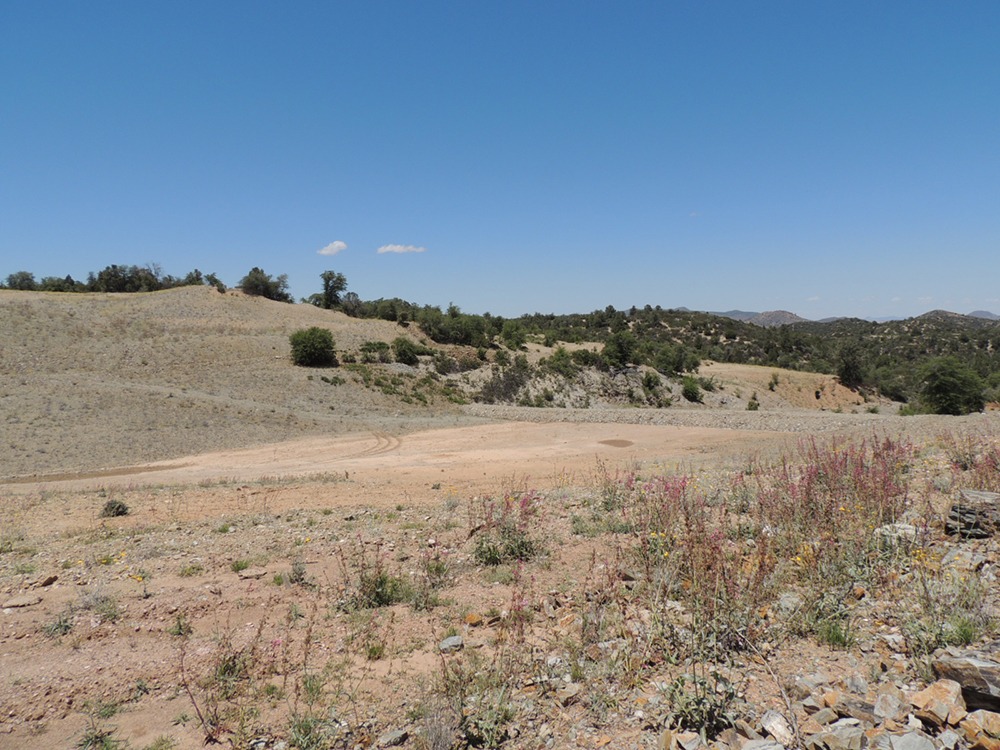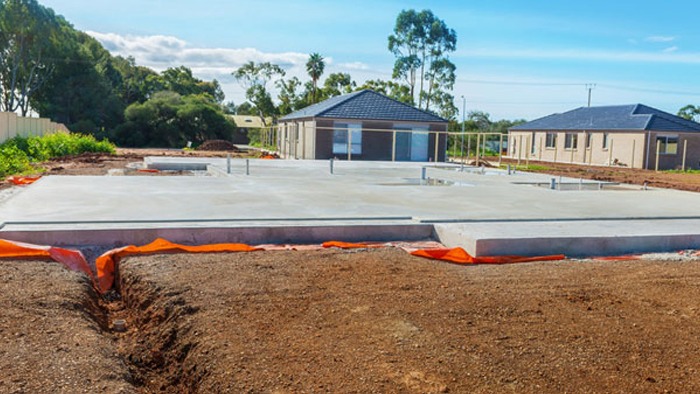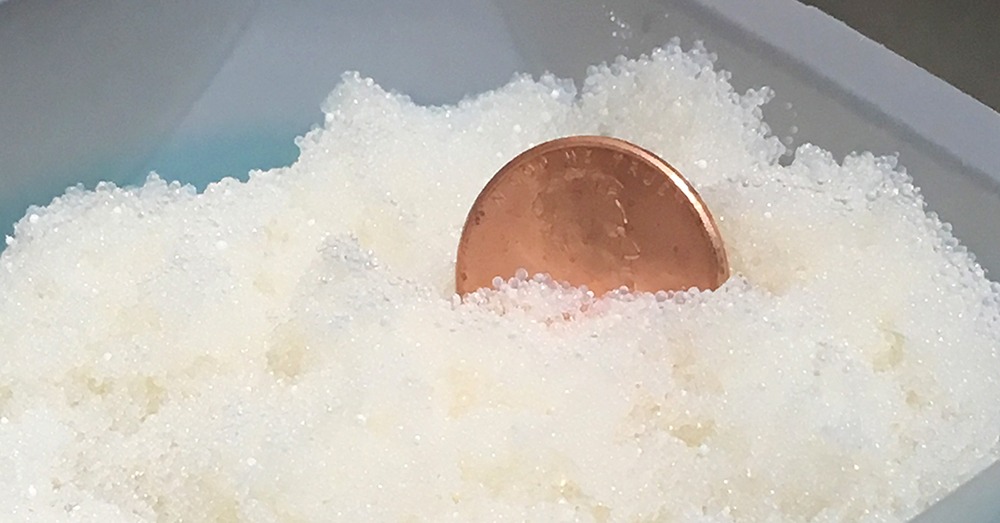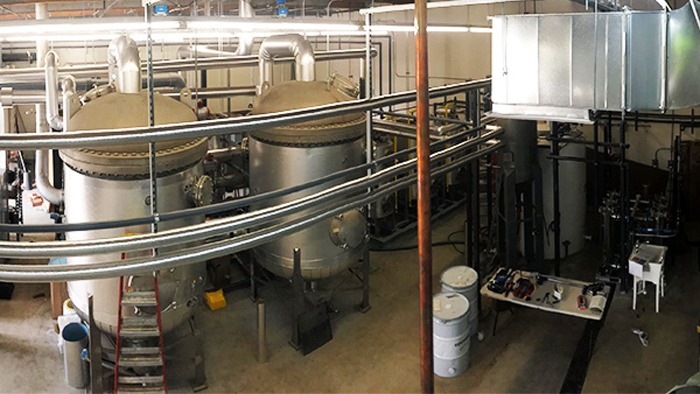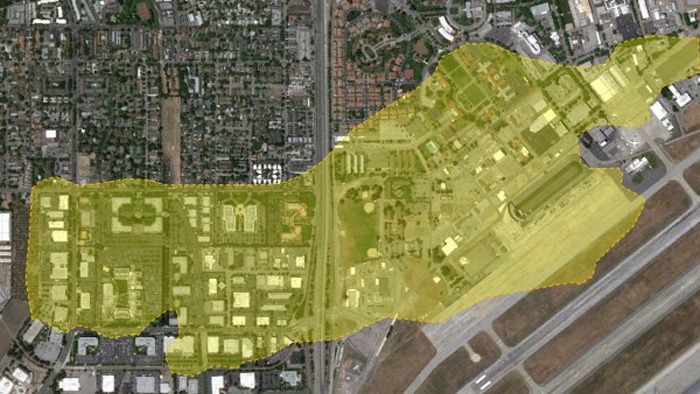
Industrial and manufacturing
Oilfield services company limits liability through remediation plan that set EPA standards
$500,000+
saved by eliminating repetitive work, extensive reviews, and long comment periods
Summary
- An oilfield services client relied on our help to remediate a property where volatile organic compounds leaked into soil and groundwater, creating a 400-acre groundwater plume.
- We assessed the vapor intrusion pathway, creating a remediation plan that protected human health and generated assessment and remediation procedures that other responsible parties could follow.
- The client saved hundreds of thousands of dollars with our plan, which also established work standards that the EPA adopted for nationwide use.
Client challenge
Through acquisition, an oilfield services company obtained a parcel of land from a computer chip maker that routinely used trichloroethylene (TCE) and other volatile organic compounds (VOCs) in its manufacturing processes. The company subsequently sold the land to a developer of Class-A businesses and residential neighborhoods. Over time, underground storage tanks associated with the computer chip maker, as well as other former companies in the area, leaked VOCs into subsurface soil and groundwater, creating a 400-acre groundwater plume. VOCs such as TCE vaporize into the soil vapor and could migrate into indoor air, causing potential human health concerns.
Despite having sold the land, our client remained the primary responsible party for the cleanup. Haley & Aldrich was retained to assess the vapor intrusion pathway, create a solid remediation plan that is protective of human health, generate assessment and remediation procedures to be followed by the other responsible parties, gain approval for that plan from the Environmental Protection Agency (EPA), and communicate project updates to various stakeholders.
Our approach
Our Haley & Aldrich team developed an unprecedented technical approach using multiple lines of evidence to evaluate the vapor intrusion pathway. We completed the first Superfund remedial investigation/feasibility study process and Institutional Controls approach focused solely on the vapor intrusion pathway, which became the EPA standard for vapor intrusion.
Our approach was multifaceted: 1) we facilitated collaborative site strategies by partnering with the client and other stakeholders to set goals and objectives, 2) we expedited regulatory approval by setting templates to assess the vapor intrusion pathway in more than 100 commercial buildings and 150 residences and involved decision makers early on in the process, 3) we streamlined property access negotiations, 4) we built contingencies early on in the process so that necessary data were available should expedited remedies be required, and 5) negotiated and established multi-layered institutional controls to complement the remedy.
Value delivered
- Saved the client more than $500K by eliminating repetitive work, extensive reviews, and long comment periods
- Alleviated stakeholder concerns with prompt responses to vapor intrusion remedies
- Established work standards to be followed by other responsible parties at the site that were later adopted by EPA for nationwide use
For more information, contact:

Principal Consultant

Senior Project Manager, Manufacturing






